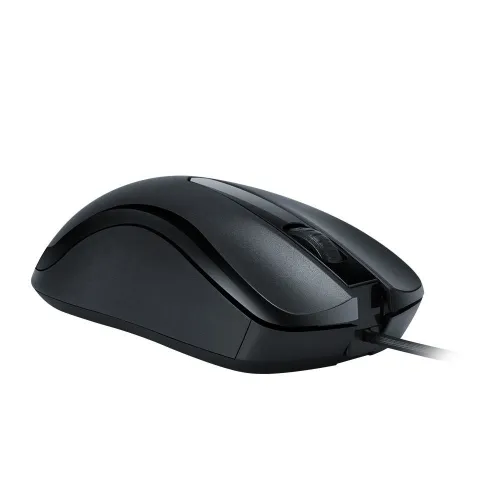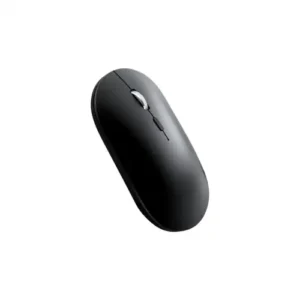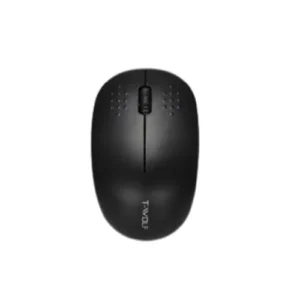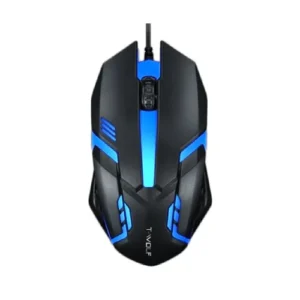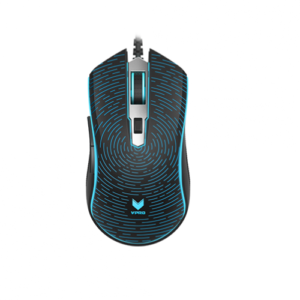Specifications and Main Features of the Keyboard
Keyboards come equipped with a range of specifications and features that significantly influence their usability and functionality. One particular model is characterized by its three keys, each designed to cater to specific user requirements. The functionality of these keys often extends beyond basic typing; they can be programmed for shortcuts, media controls, or various application commands, providing a tailored experience for users in both home and professional settings.
Connection type is another fundamental aspect to consider when assessing keyboard specifications. This model employs a wired connection, which presents several distinct advantages. Wired keyboards tend to offer enhanced reliability, as they are less prone to interference or connectivity issues often seen with wireless models. Additionally, wired connections typically provide reduced latency, making them particularly beneficial for gaming or intense data entry tasks where immediate response is crucial. The plug-and-play functionality of wired keyboards further simplifies user experience, as they do not require the additional setup that wireless models may demand.
Another vital specification to note is the keyboard’s resolution, which is rated at 1000dpi (dots per inch). This figure pertains to the responsiveness of the keyboard and affects the precision of inputs. A higher dpi can improve performance across various computing tasks, including graphic design, gaming, and general productivity, allowing for a smoother experience when executing complex commands or navigating intricate interfaces. As such, the 1000dpi resolution not only enhances user satisfaction but also makes the keyboard a versatile tool adaptable for a range of applications.
Physical Specifications and Warranty Information
The physical design of a keyboard is a crucial aspect that impacts both its functionality and appeal. A black keyboard is often preferred for its understated elegance and versatility, seamlessly fitting into various environments, whether personal or professional. The choice of color is not merely aesthetic; it also influences perceptions of cleanliness and durability, as black keyboards tend to hide dust and fingerprints better than lighter-colored alternatives.
In terms of build quality, a well-constructed keyboard typically features durable materials that enhance its lifespan. Keyboards that boast a robust design often include reinforced key switches, which not only provide tactile feedback but also stand up to extensive daily use. Ergonomics play a substantial role in user comfort, and keyboards designed with this principle in mind frequently incorporate features such as curved layouts or adjustable height settings to minimize strain during extended typing sessions. An ergonomic design contributes to a healthier user experience, reducing the risk of repetitive strain injuries.
When evaluating a keyboard purchase, warranty information is an essential consideration. A common industry standard is a 1-year warranty, which provides consumers with a safety net against manufacturing defects. This warranty usually covers parts and labor for repairs, ensuring that users have access to professional support during the specified period. Understanding the terms of the warranty is critical; it is advisable to check if there are specific conditions or exclusions that may affect coverage. A warranty not only symbolizes the manufacturer’s confidence in their product but also offers users peace of mind, facilitating informed purchasing decisions. Therefore, potential buyers should weigh the significance of warranty information as part of their overall evaluation of a keyboard’s value and reliability.
